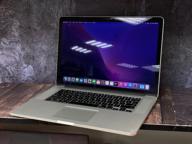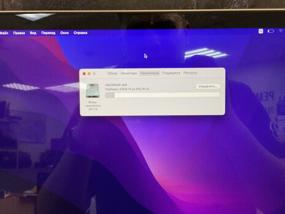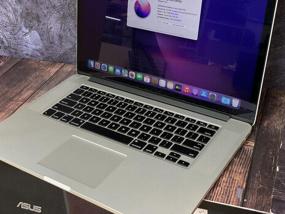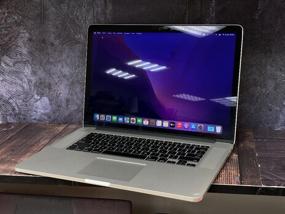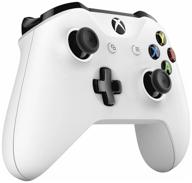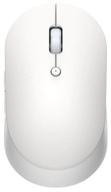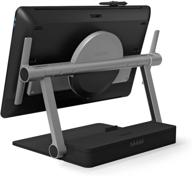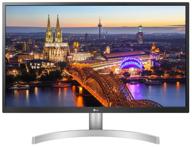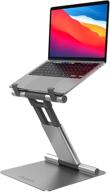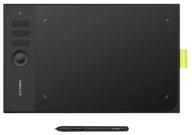1) The cooling system performs well overall. Asymmetrical coolers operate completely silently at speeds of around 2022 rpm. They often operate under these constraints. However, as soon as the processor is consistently loaded by at least 30%, the rotating speed increases and the otherwise silent machine begins to make noises like to those of a low-quality electric kettle. This is either a drawback of the blades' design or a result of the air intake apertures being too small.
You can still endure noise at 3000–4000 rpm. However, at 6000 (the upper limit), it seems as though this object is poised to soar into the stratosphere.
So remember that until you load it, this computer is completely silent.
2) It is NOT quicker than comparable hardware systems with Windows installed in the majority of the software. And - tadaaam - even slower when using Adobe products like Photoshop, Lightroom, and Premier Pro.
With a 250 GB SSD, 8 GB of RAM, a dual-core i5, and an AMD Radeon HD 7650M, my wife's old HP Probook 4540s processes photos in Photoshop, adds filters, and manipulates plastic at a rate that is comparable to that of this MacBook.
The processing speed varies from time to time, being slightly faster, slightly slower, or almost same. Head to head, they contrasted.
Furthermore, you are completely mistaken if you believe that Acrobat Reader would not lag when scrolling on your brand-new high-end laptop.
They have long had a contentious relationship with Apple, and not for nothing.
3) The display's color temperature is not constant. Warmer than the bottom left is the upper right corner. I've heard that this also occurs on iPads and iPhones in addition to poppies.
4) The display is very easily stained, and the series doesn't provide any matte screens.
However, by the end of the day, my eyes are quite worn out from this retina.
However, the display itself is excellent. This holds true for resolution, brightness, and color reproduction as well.


